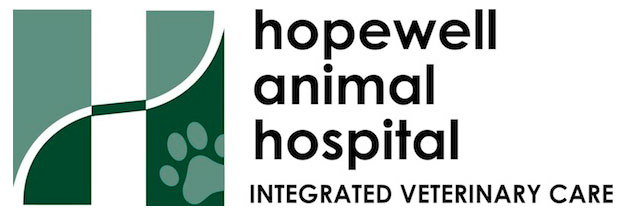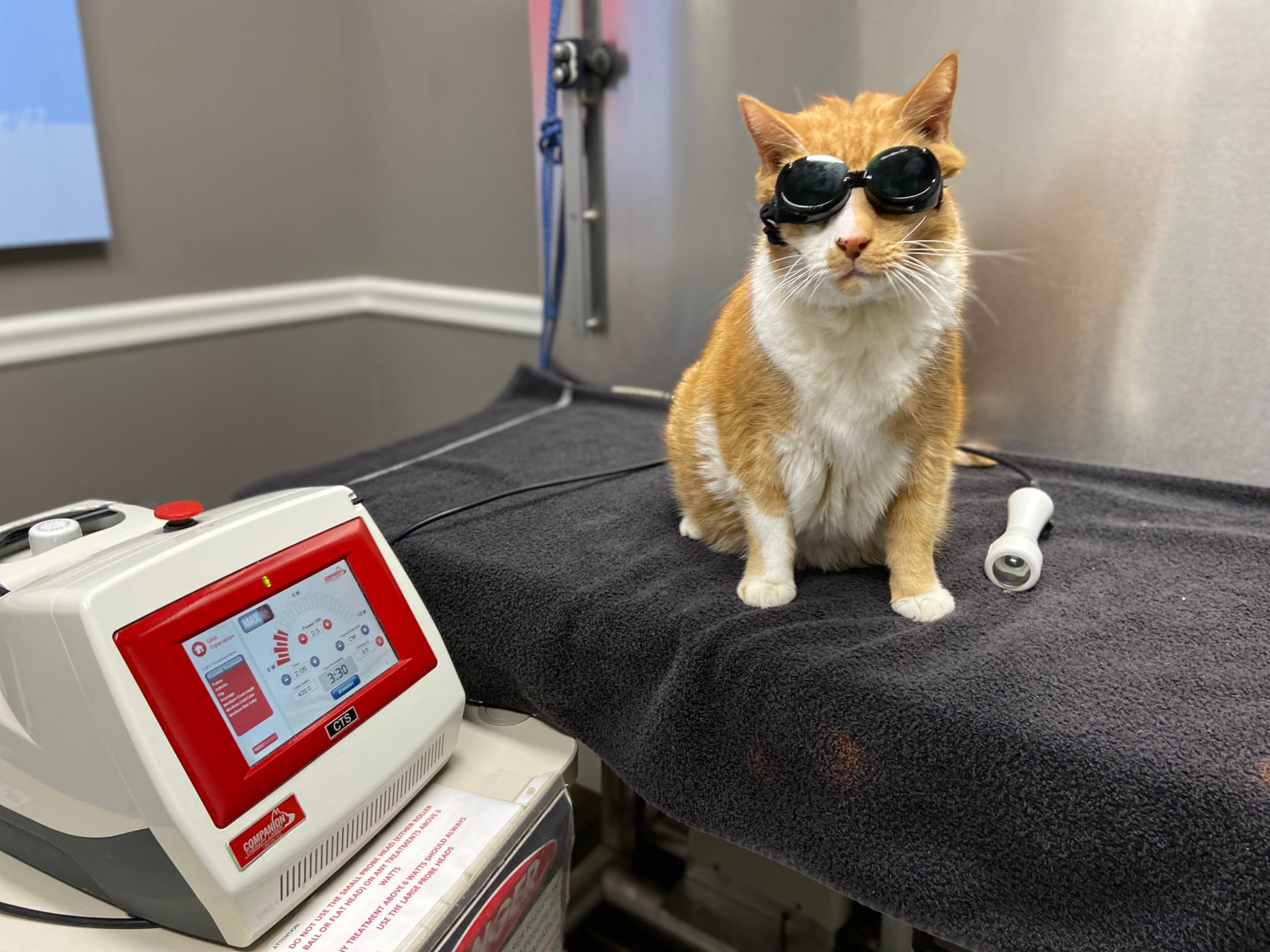What is Photobiomodulation therapy and why is it called that?
PBMT has been called many things: laser therapy, low-level light treatment, cold laser, LLLT, and light therapy among other things. None of these other names really describes what this modality is. PBMT is now the accepted term because it describes what it is, Photo: light, it describes what it affects, Bio: or biological systems and what it does, Modulation: produces changes at the molecular level within an organism.
How does it work?
PBMT uses light in a very specific wavelength range of 810-980 nm to penetrate tissue to make changes to cytochromes within the mitochondria of the cell. These changes cause the cell to ramp up a process known as the Krebs cycle, which causes the cell to produce more ATP, nitric acid, and other factors which leads to an increase in metabolism in the cell.
So what does an increase in cellular metabolism do?
By increasing metabolism within the cell, we can reduce pain, decrease inflammation, and accelerate healing.
How does PMBT affect inflammation?
PMBT causes change to the cell which causes an increase in cytokines which are anti-inflammatory as well as reducing prostaglandins which are pro-inflammatory it also causes an increase of angiogenesis which causes new blood vessels to enter an area to increase blood flow.

